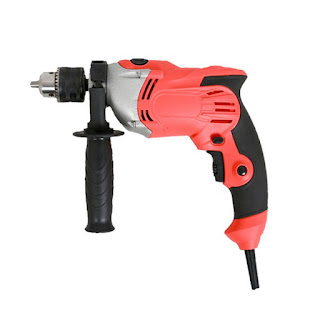How To Buy Ski Jackets & Pants?
Buying ski/snowboard outerwear comes with many confusing technical numbers such as 15,000 Waterproof or 10k Breathability. There’s also lots of other strange terms such as wrist gaiters & fully taped seams.
Here’s a simple explanation on what it all means and how you should select your jackets/pants:
1) Breathability Rating
This is how much moisture can escape from your ski jackets/pants. Higher is better. Breathability rating usually starts at about 5,000 and goes as high as 30k+.
What breathability rating do I need?
You’ll typically want a minimum of 10k breathability rating. I find that going below 10k breathability results in your jacket/pants holding in too much sweat and moisture. Unless you ride for really short periods or never sweat, I wouldn’t go below 10k.
2) Seam Taping
Seam taping describes how the waterproof tape has been placed over the stitches and seams of your clothing.
You’ll generally see 2 types of seam taping descriptions:
● Critically or partially taped seams – Only the main seams have been covered with waterproof tape.
● Fully taped seams – Every seam/stitching on the garment has been covered with waterproof tape.
What seam taping do I need?
Get fully taped seams. I think fully taped seams are just as important for waterproofing as waterproof rating. Partially taped seams lead to moisture and snow leaking in from all sorts of random places.
Note: You can get away with critically/partially taped seams on a jacket if you ride in very dry conditions but I suggest never going partially taped seams for pants.
3) Waterproof Rating
This is how waterproof the outerwear is. Higher is better. Waterproof rating typically starts at about 5,000 and goes as high as 30,000+.
What waterproof rating do I need?
This depends on what sort of conditions you like to ride in, but generally, you’ll want 10k or higher waterproof rating. A 5k rating is usable if you only ride really dry snow and don’t ride in wet conditions, but generally I wouldn’t go lower than 10,000.
Note: People generally look for higher waterproof rating for pants. You sit on chairlifts and snow throughout the day, so higher waterproof ratings in pants are nice to have.
4) Insulation vs. Shell
Insulation is basically how much stuff they put inside the clothing to make it warmer. 60 g insulation means that there’s 60 grams of insulation, so higher numbers mean warmer clothing.
Shell jackets/pants are garments without any insulation. They won’t keep you warm by themselves but they are thin, light and won’t restrict your movement.
How much insulation do I need?
This depends on if you ‘layer’ your snow clothing. Layering means that you wear multiple layers of clothes under your jacket/pants.
If you don’t layer your clothing, then buy garments with more insulation in them. If you layer, you don’t need as much insulation and will only need light insulation or a shell garment.
Note: If you buy outerwear with lots of insulation, be aware that they get very hot to wear during spring or warmer weather riding.
5) Gore-Tex and other special materials
These are special materials that are waterproof and breathable without any extra spray on liquids. Many jackets/pants rely on waterproof spray on liquids to stay waterproof, but Gore-tex and other waterproof materials are already waterproof from the start.
Do I need Gore-Tex or other higher end materials?
Not really, unless you ride wet, snowy conditions or you want the best waterproofing/breathability available. It can be nice, but it’s not necessary.
Gore-tex has insanely high breathability and waterproof ratings (25k+ at least). You can almost go swimming in Gore-tex. Just be aware that gore-tex and any other special waterproof materials will usually raise the cost of the jacket/pants by a fair bit.
Other things to think about
Fit
This is how tight or loose the clothing is. This is largely a personal choice, some prefer tighter clothes while others prefer loose and baggy outerwear.
Wrist Gaiters
These are a thin layer of material inside the wrist area of your jacket. They fit around your thumb/hands like a glove and they stop snow from getting inside the arm hole of your jacket.
Vents
These are zip openings in your ski pants that you can open/shut to control how much air gets into your jacket. More vents means more air flow when you get hot.



评论
发表评论